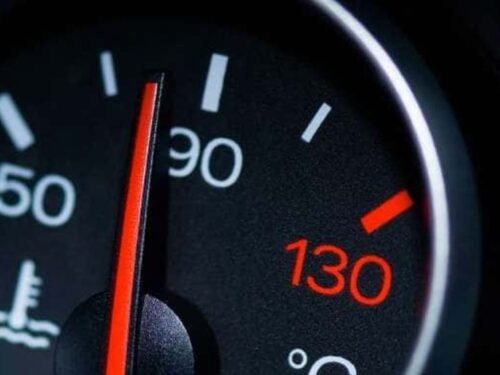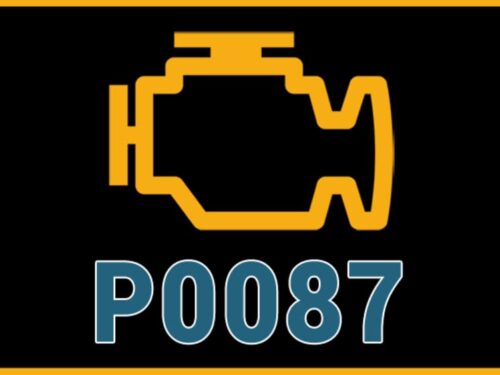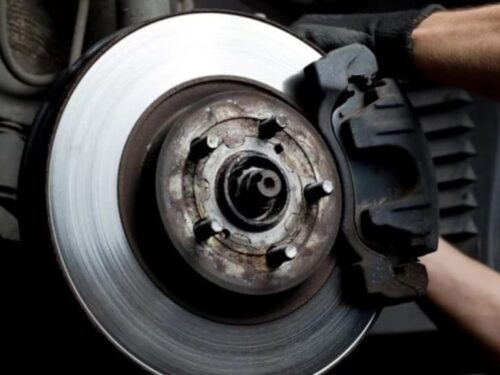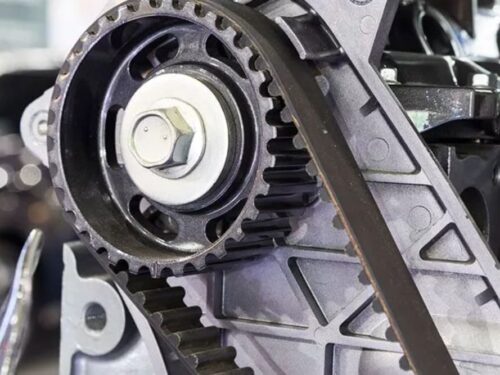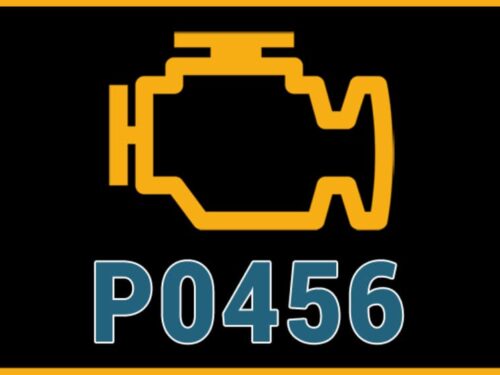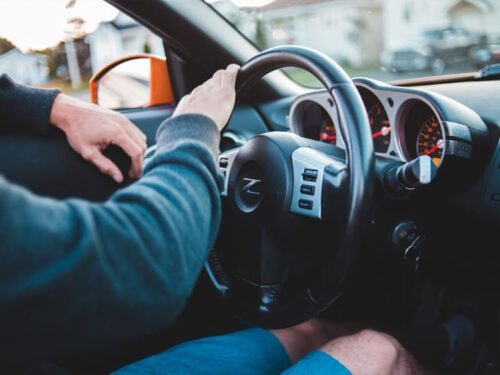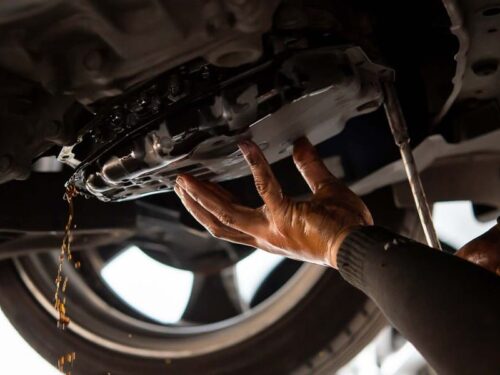
Rain is not something that you want your car to be exposed for long periods. However, to stop driving altogether during the rainy season is definitely not a viable option. Normal rainwater is slightly acidic, but around areas with considerable human activity, rainwater can have a pH as low as 4.2, making it a corrosive agent. However, there are some measures you can take to better protect your car from the weather. Here are 9 important car car tips for rainy weather.
1. Give Your Car a Good Waxing
Before the rainy season starts, consider it a worthwhile investment to have your car washed and waxed. Waxing the car forms a protective coating on the car’s exposed surface and can prevent rainwater from sticking onto it for prolonged periods, reducing the risk of rust and water spots. In addition, it will also help prevent your exterior paint from losing its sheen with age.
2. Run Your Air Conditioning System
When it rains, the air is more moisture-rich. The temperature difference between that of the inside of your car and that of the outside can cause moisture to condense on your car’s windows and windshield. In the rain, where visibility is already greatly reduced, this can add to the dangers while driving. Consider running your air conditioning system to prevent this from occurring.
3. Check the Tires
The grooves on your car’s tires help expel water away from beneath their treads to ensure that adequate traction is maintained between them and the road surface. Older and excessively worn-out tires tend to have shallower grooves, and hence, put your car more at risk of slipping uncontrollably on a wet surface or can even cause damage to its intricate suspension and steering systems.
To determine whether your tires might need replacement, place a penny (Lincoln’s head first) into groves at various points on the tires. If Lincoln’s head remains covered by the tread, your tires are perfectly fine. Otherwise, they will need replacement. Be sure to also check on the pressure of the tires and have them inflated to the recommended levels if required.
4. Check Your Wipers
Over time, your car’s wiper blades will become dry, brittle, and cracked and will no longer be making proper contact with the windshield surface. Worn-out wipers can leave distracting smears, skips, and streaks as they move across the glass, reducing driving visibility.
As a best practice, you should consider having your wiper blades replaced every 6 to 12 months, depending on the local weather and how frequent their usage is. When purchasing a new set, be sure to bring the originals to ensure you buy ones that are of the right length and have the correct connector clips.
5. Inspect Seals
The rubber seals around the doors, windows, hood, and trunk help keep the water from leaking into your car’s interior. However, as they degrade with time, they start to come lose and make your car more susceptible to leakage. Before the rainy season begins, make sure to have these seals inspected properly and do any repair work or replacements if necessary. Also, be sure to grease the door hinges to make them completely watertight.
6. Wash and Dry Your Car After It Has Rained
Don’t fall into the wrong impression that rain does a fine job of washing your car. If your car came in prolonged contact with rainwater, while driving or leaving it parked out in the open, you should promptly give it a wash and dry it with a towel once the rain stops. As mentioned, rain can be corrosive, and thus, you don’t want to have it sit on the car for a long time.
Furthermore, rainwater can contain various mineral and dirt deposits. Once the water evaporates, the deposits are left behind in the form of water spots and stains, which can be very difficult to get rid of on your own.
While washing the car, ensure that you don’t neglect its underside. This area is especially vulnerable to the accumulation of mud, road grime, and dirt when it rains. Unless you want to risk corrosion, have the underside properly cleaned and greased afterward.
7. Inspect the Electrical Wiring
Water and electricity don’t make for a good combination. Any exposed or improper wiring has a high risk of shorting when it rains, creating a safety hazard for your and other car occupants. Open the car’s hood and check the condition of the wiring. If you see any wires and cables improperly fitted or with insulation peeling off or showing signs of corrosion, have them replaced as soon as possible.
8. Check Your Brakes
A well-maintained car braking system is important, especially on wet roads where the braking distances are often longer. You should have your braking system inspected by professionals periodically so you know when to have its components repaired or replaced.
9. Battery Checkup
Imagine the scenario where it is raining heavily while you’re driving and your battery malfunctions. The majority of battery problems tend to occur during the rainy season. Have your battery checked beforehand by a professional to make sure that it is in proper working order or have it replaced with a new one if necessary. Be sure to also have the cable connectors inspected for rust or any other signs of corrosion.
Courtesy of paautoinspection


